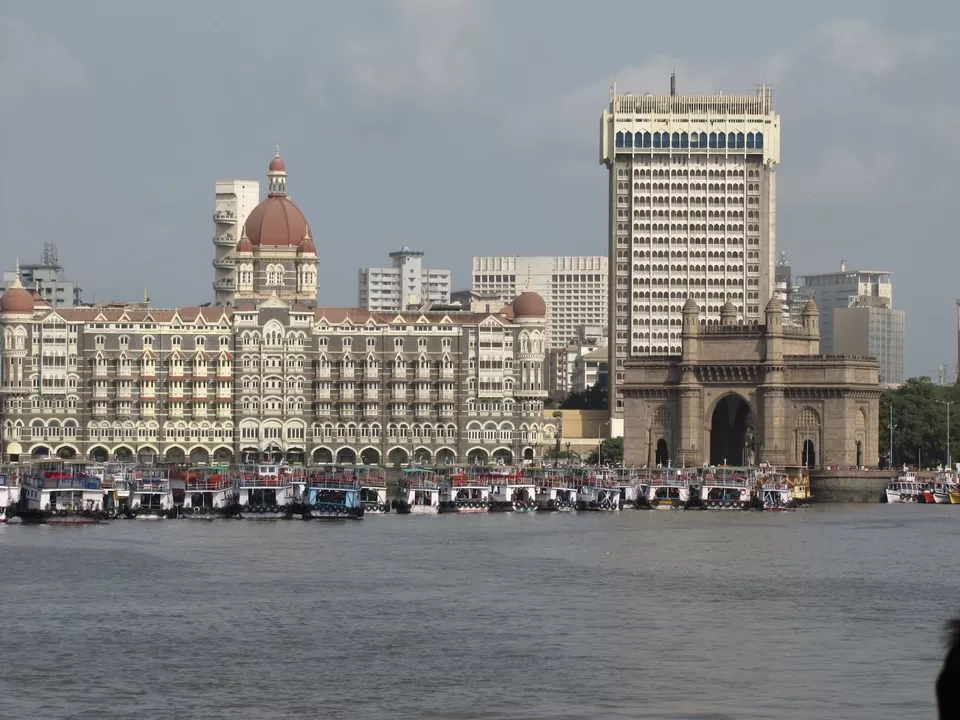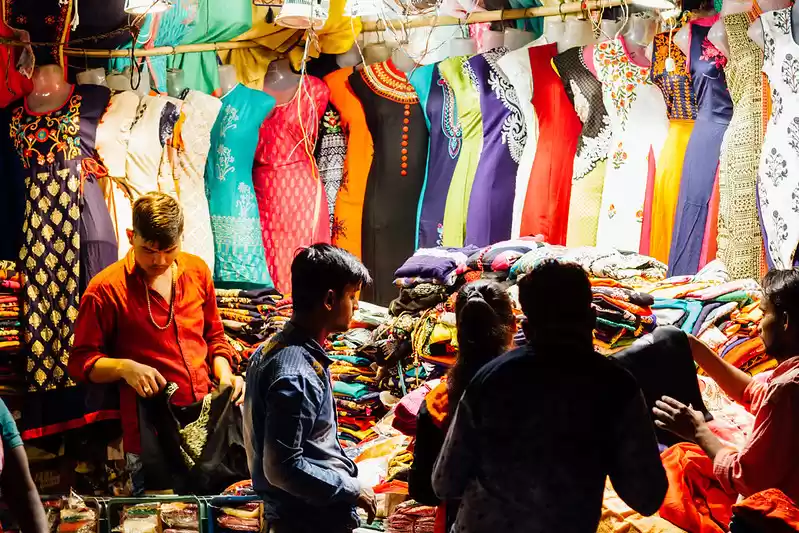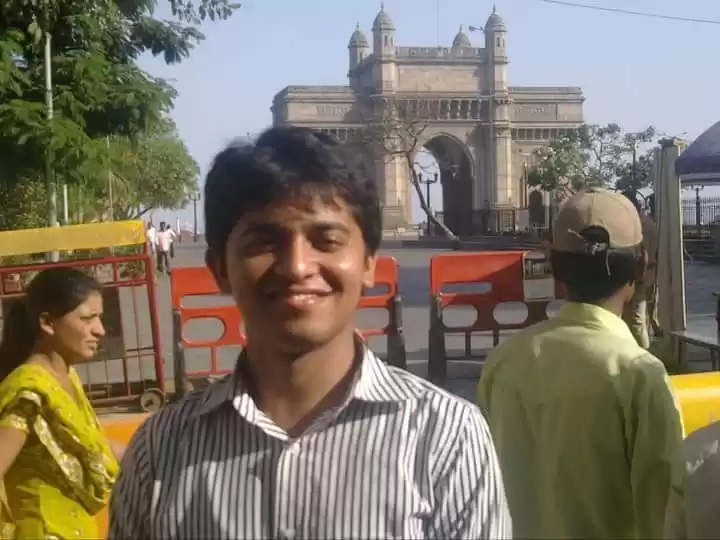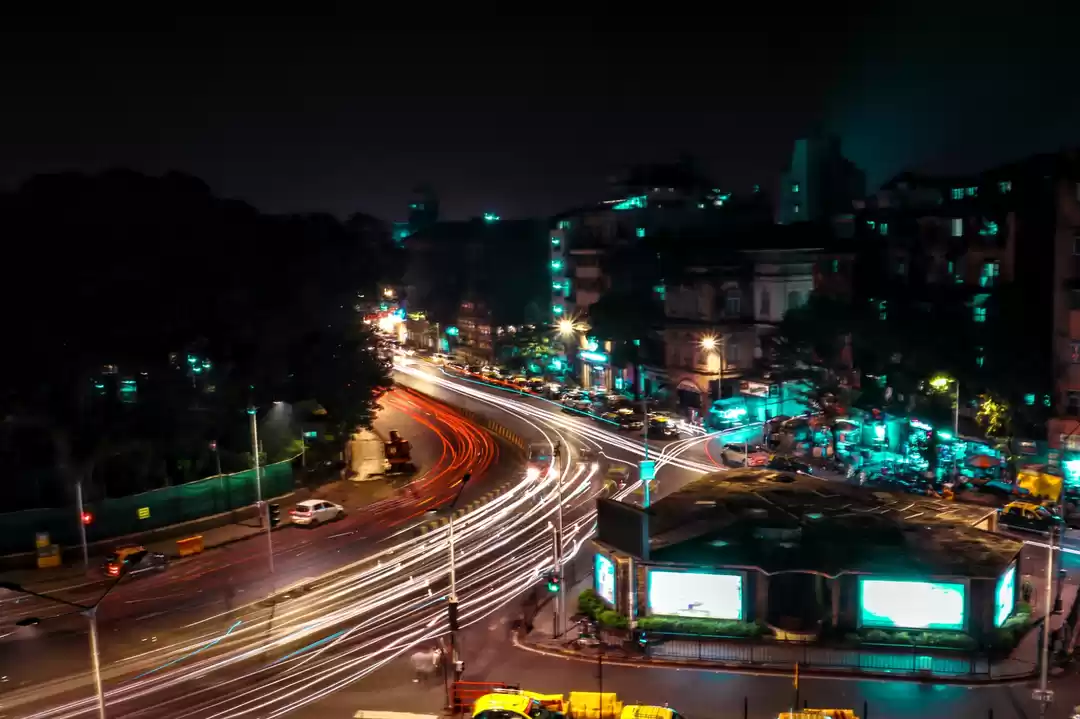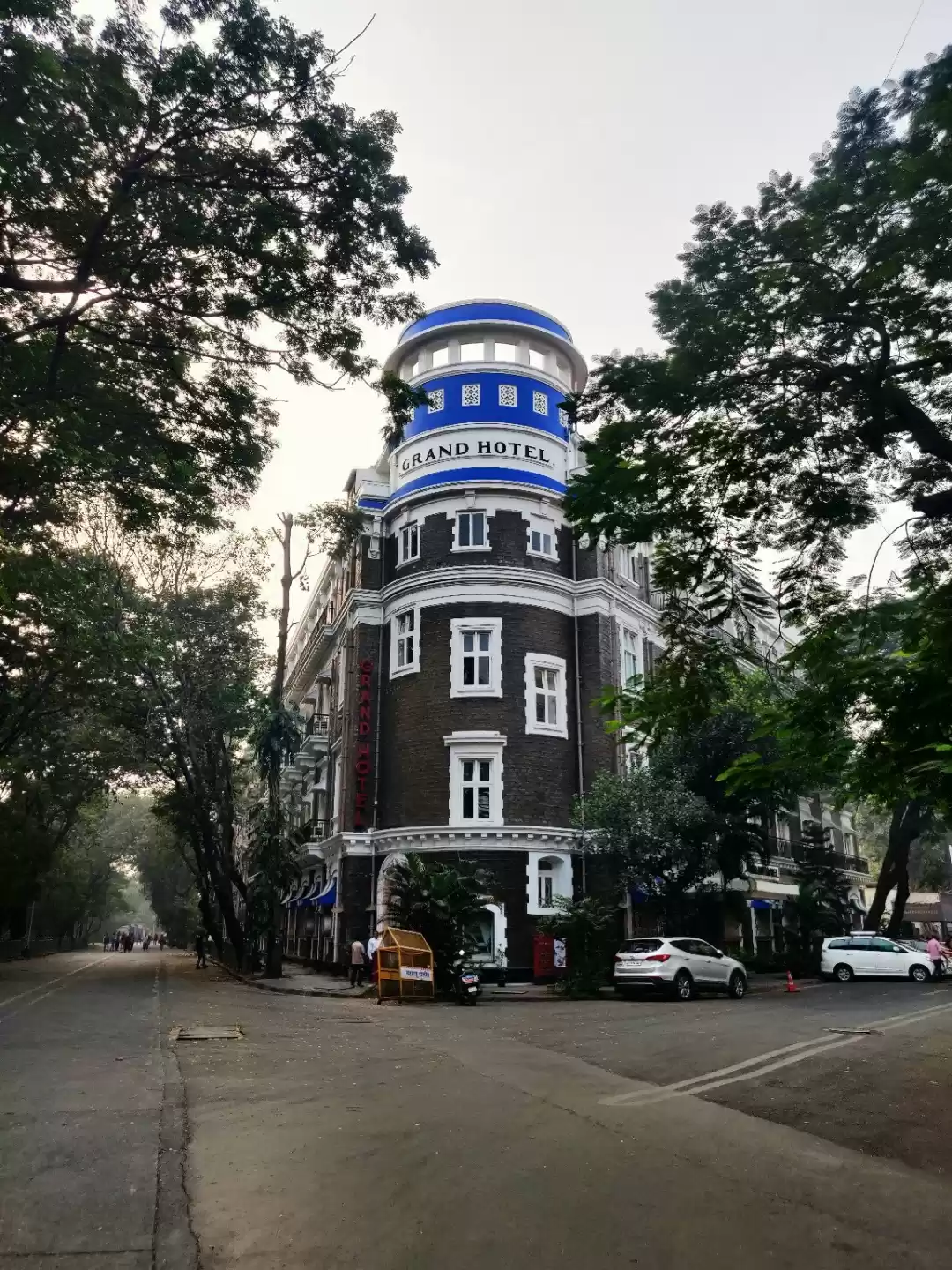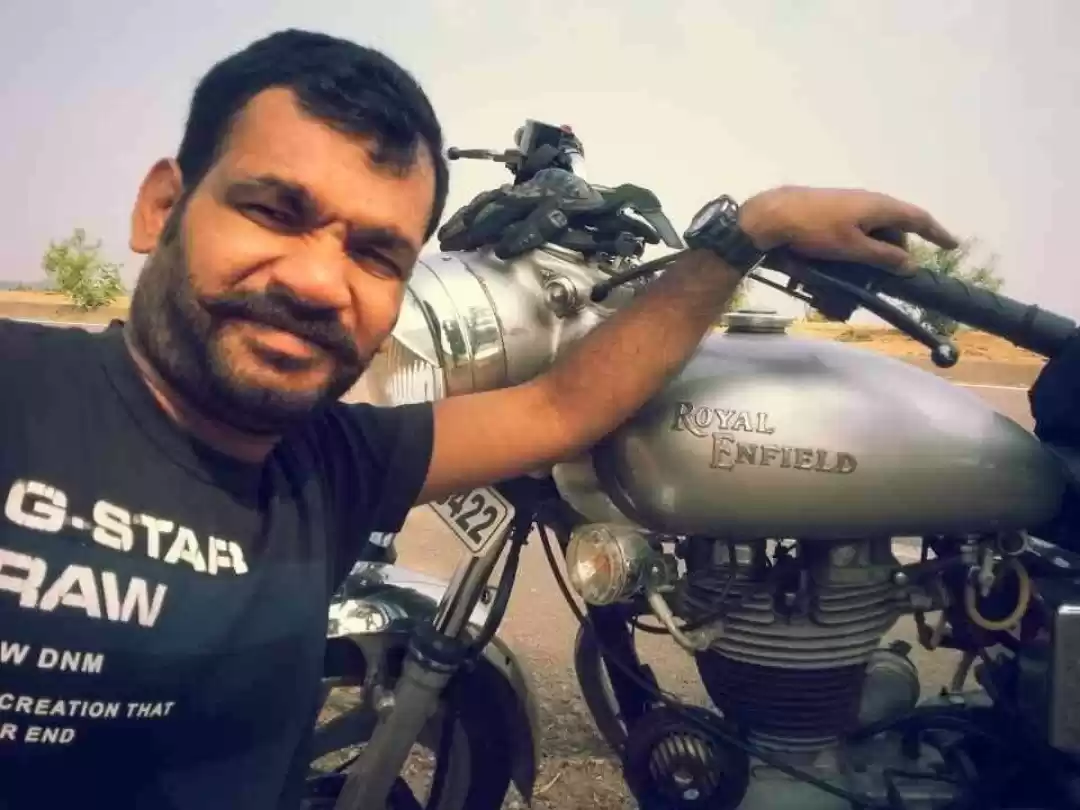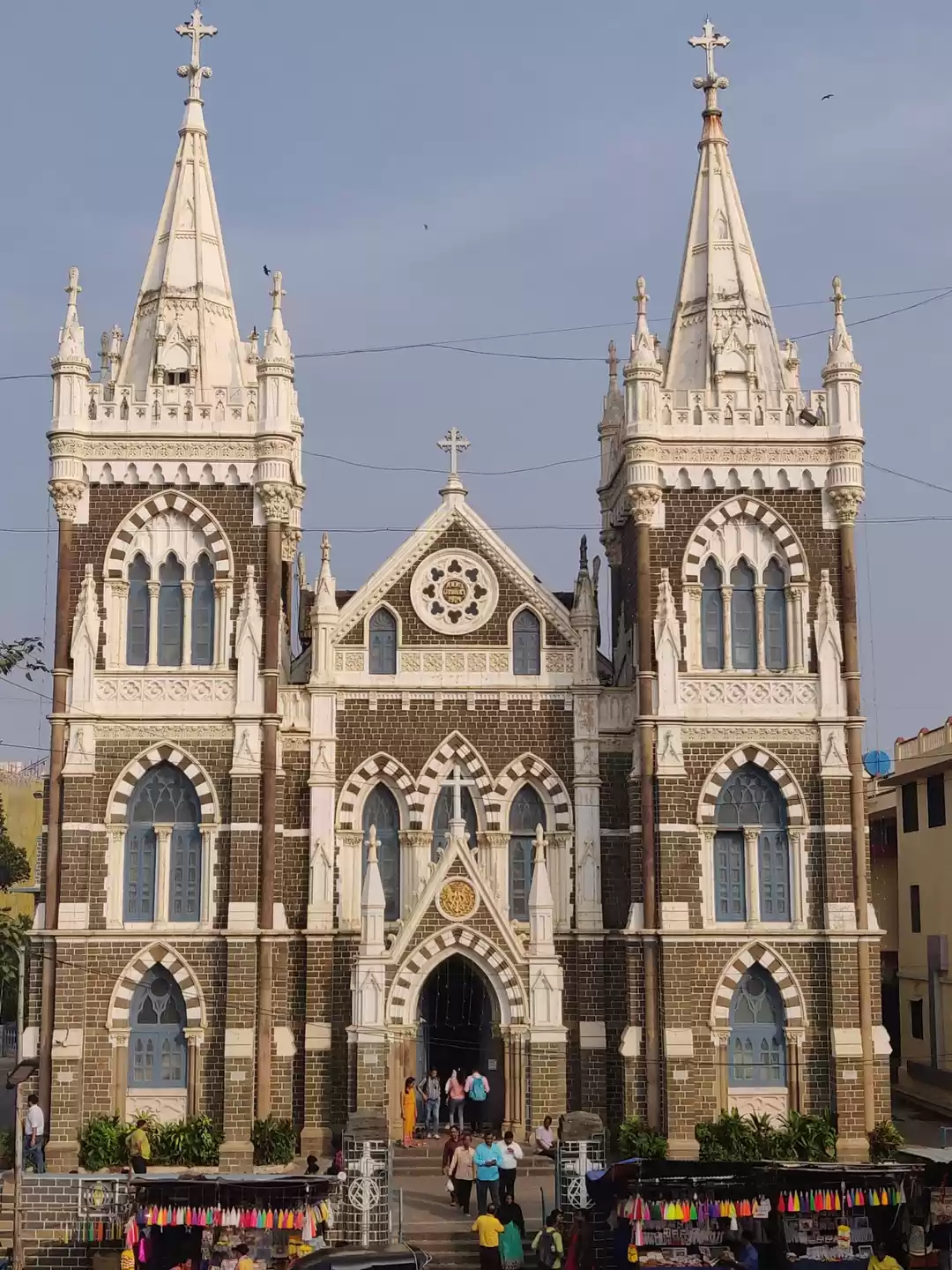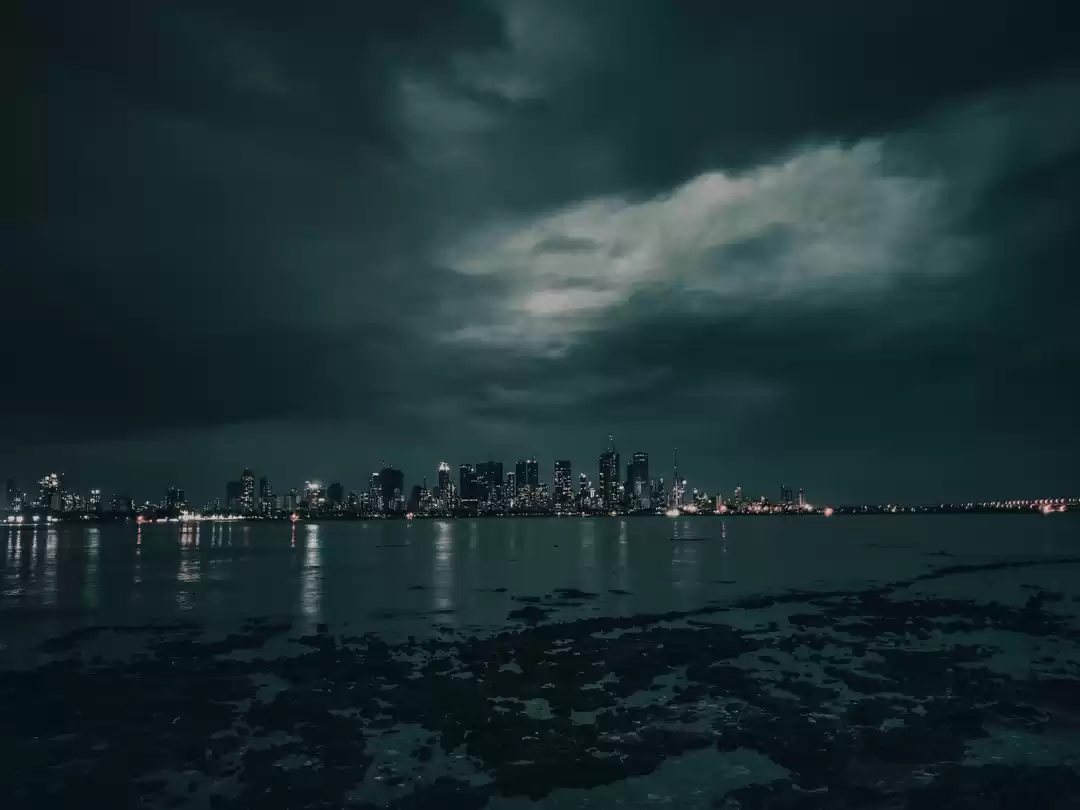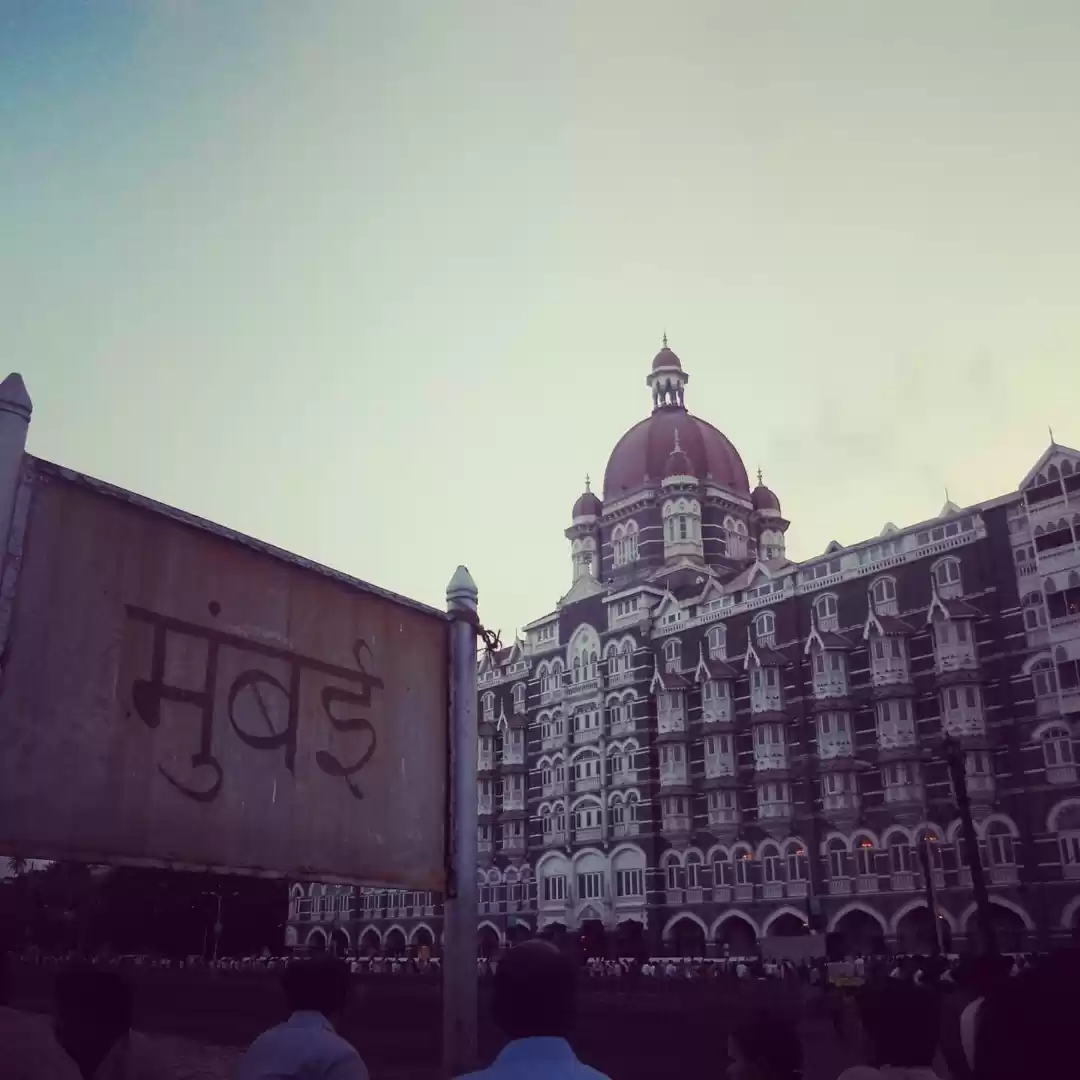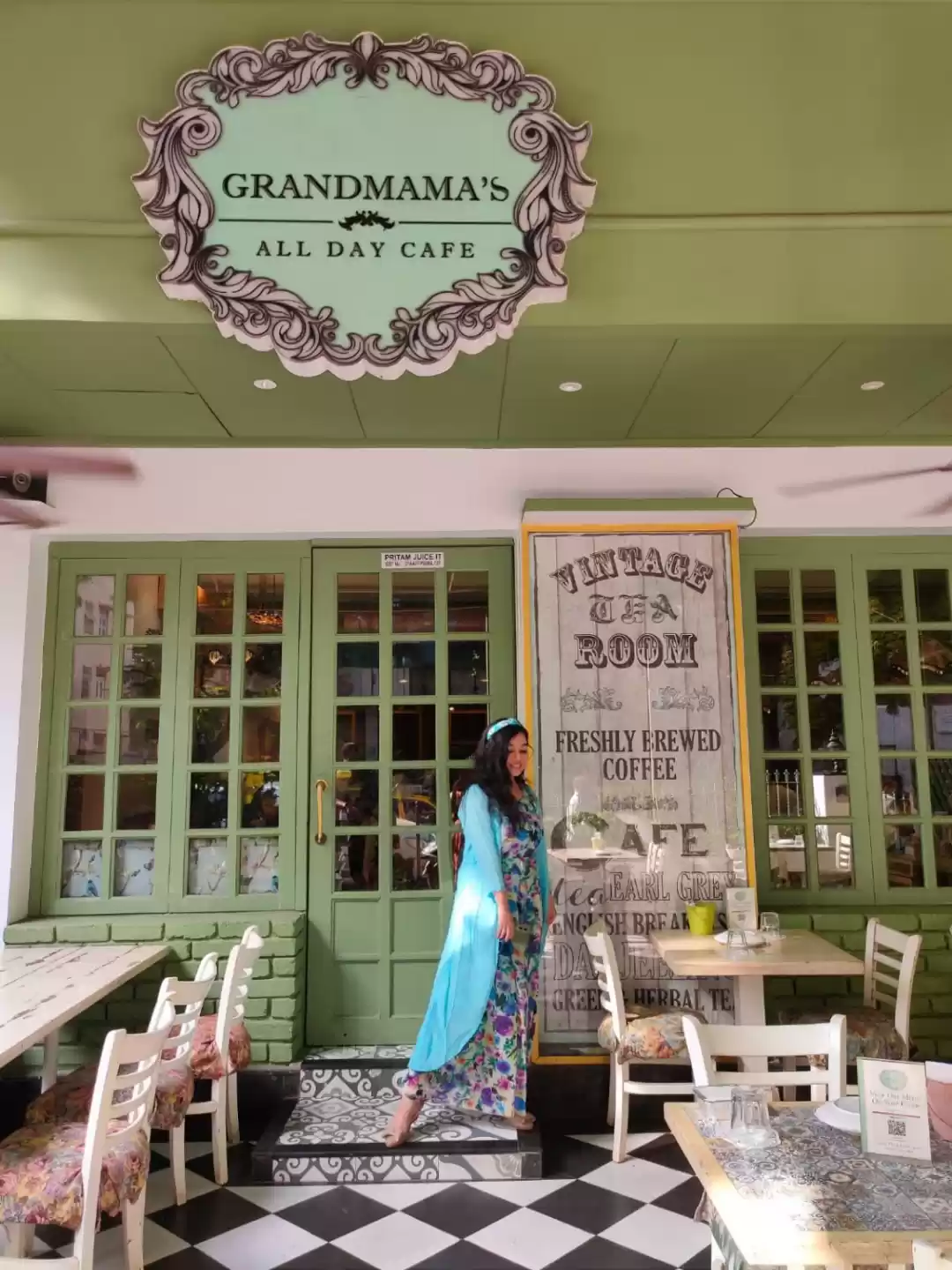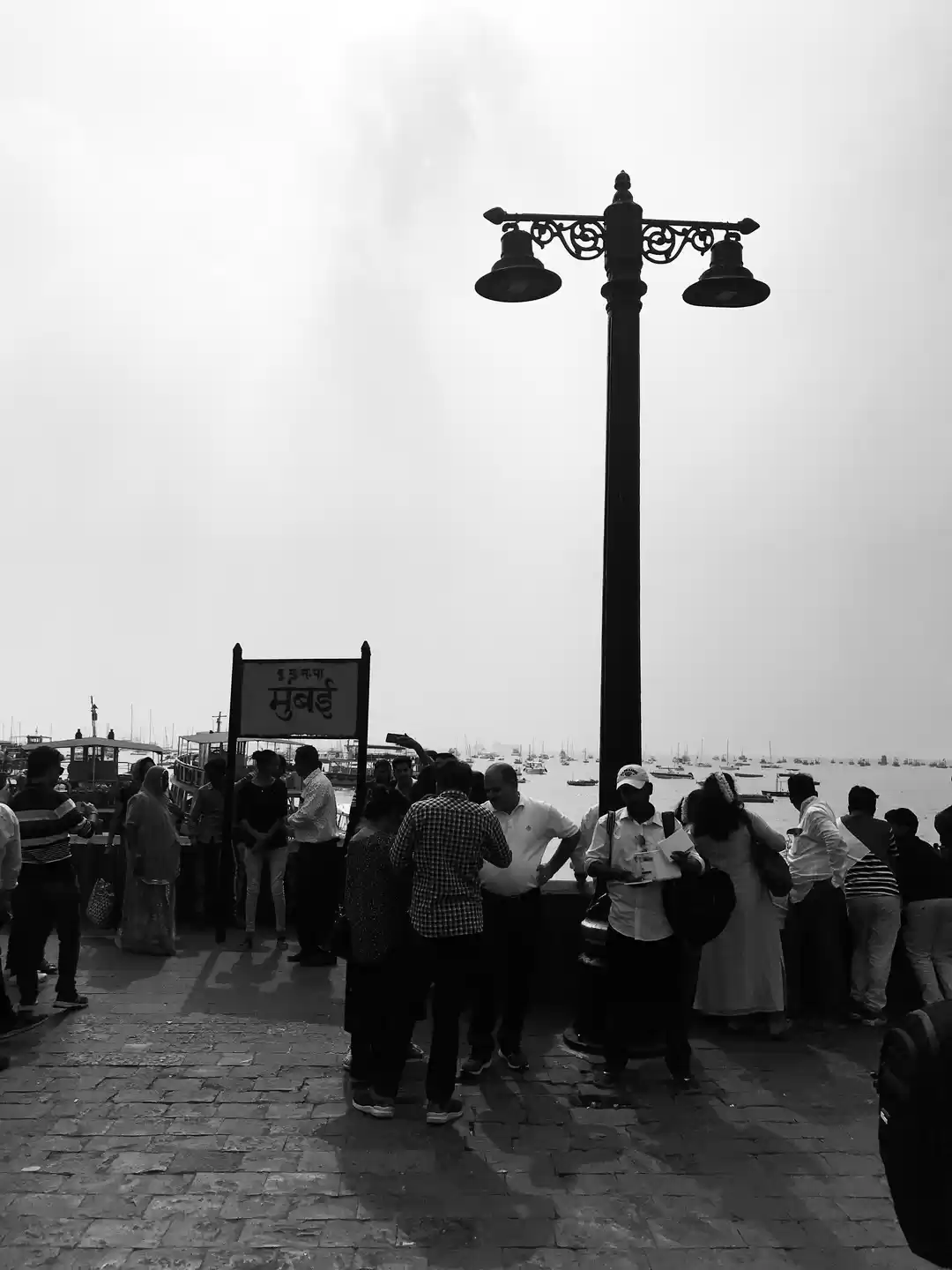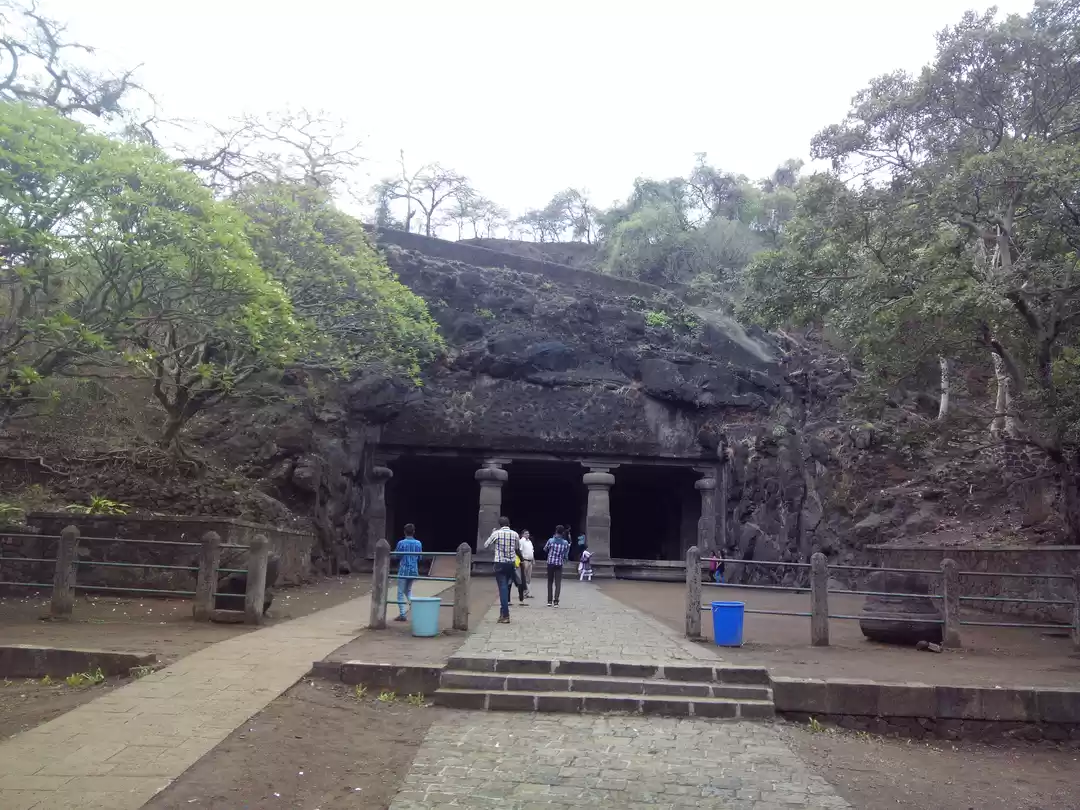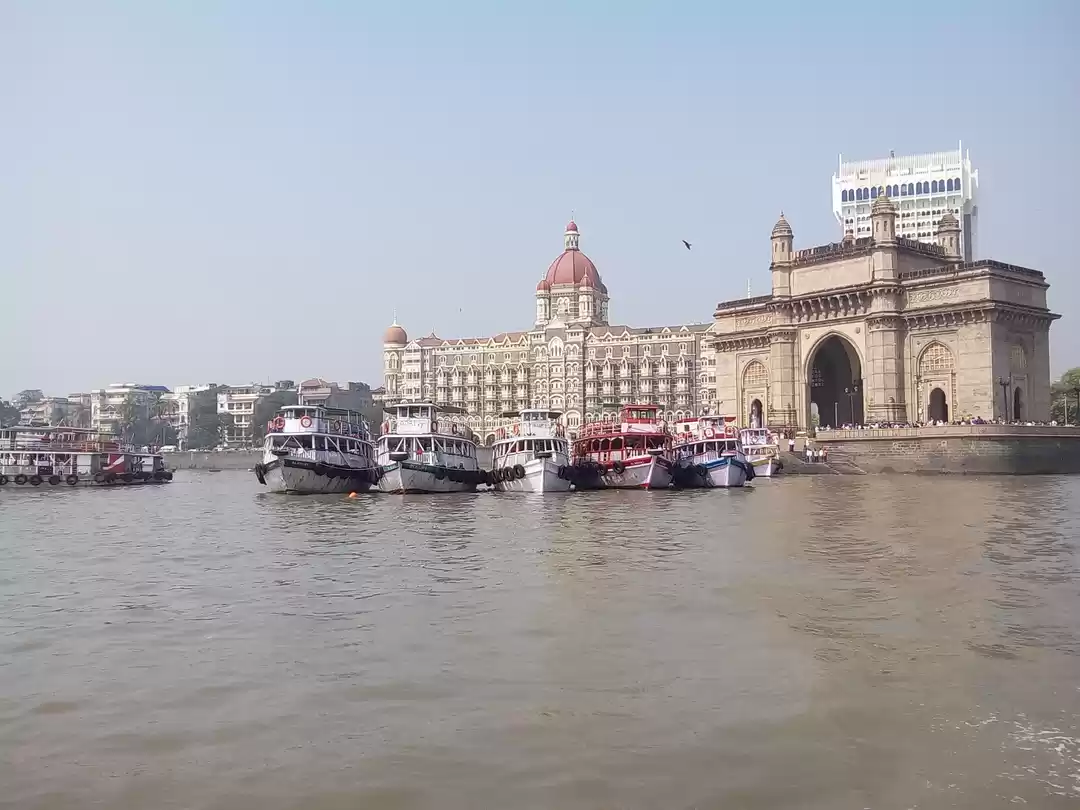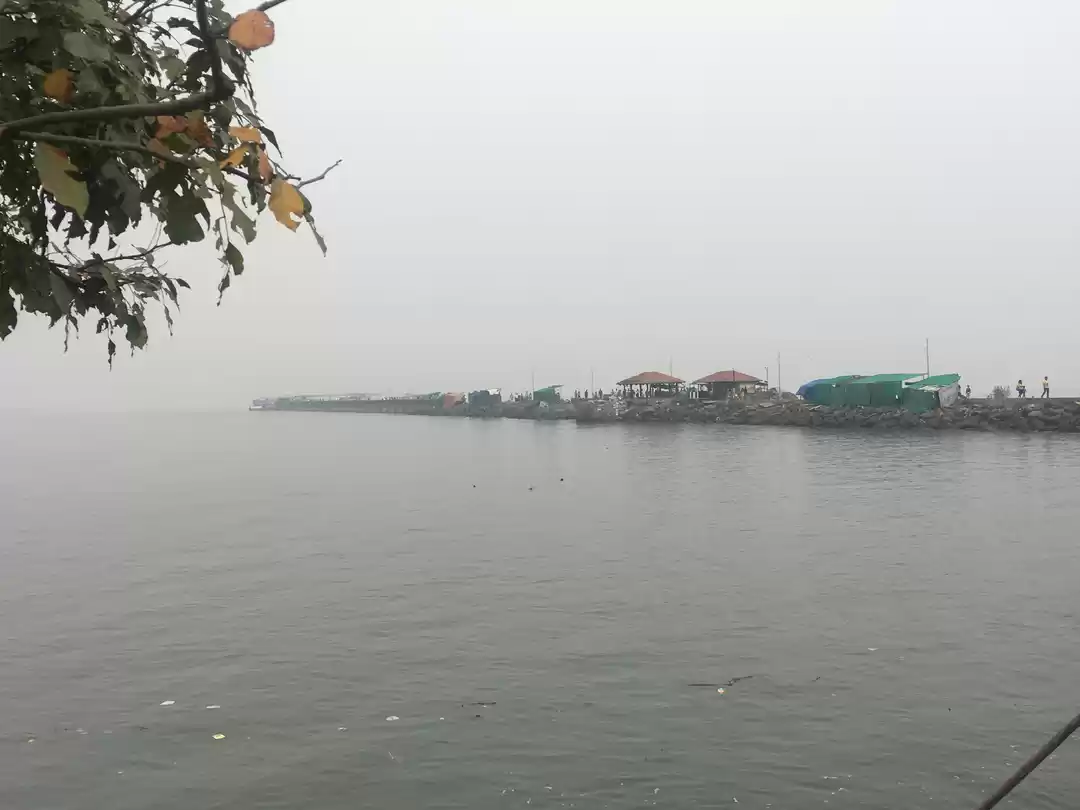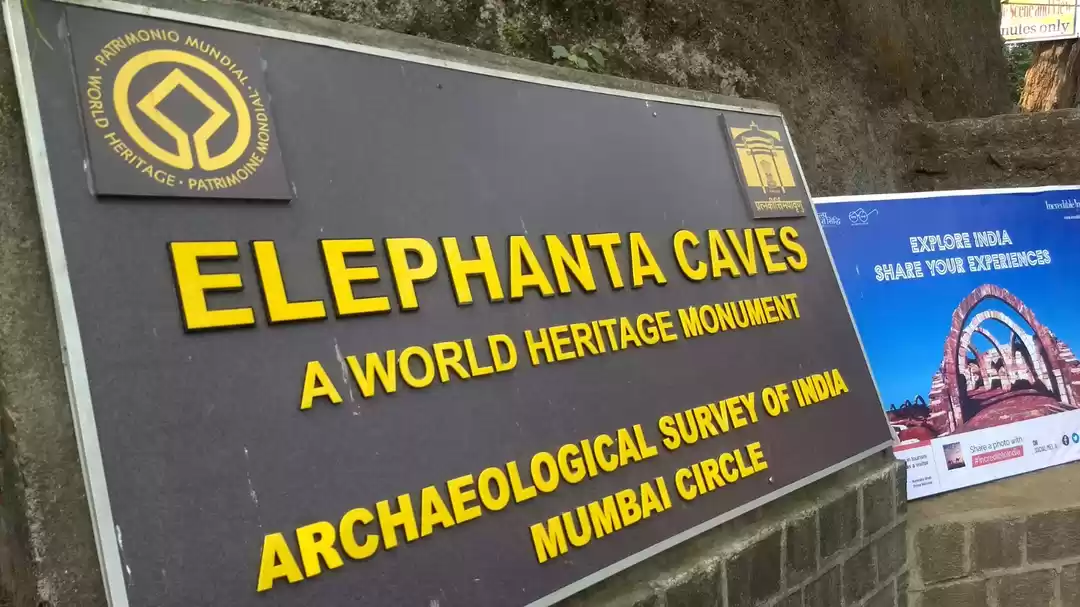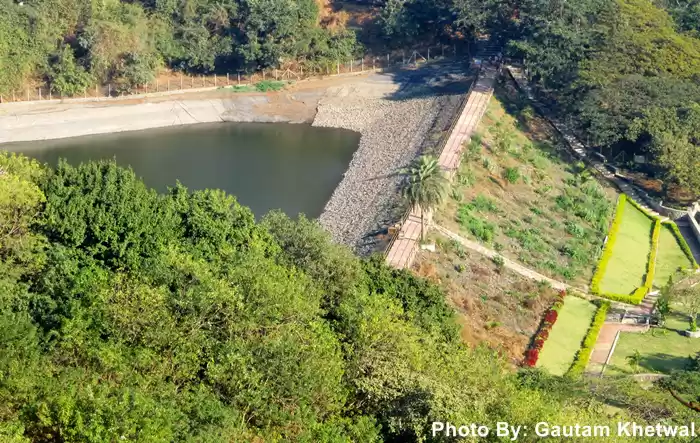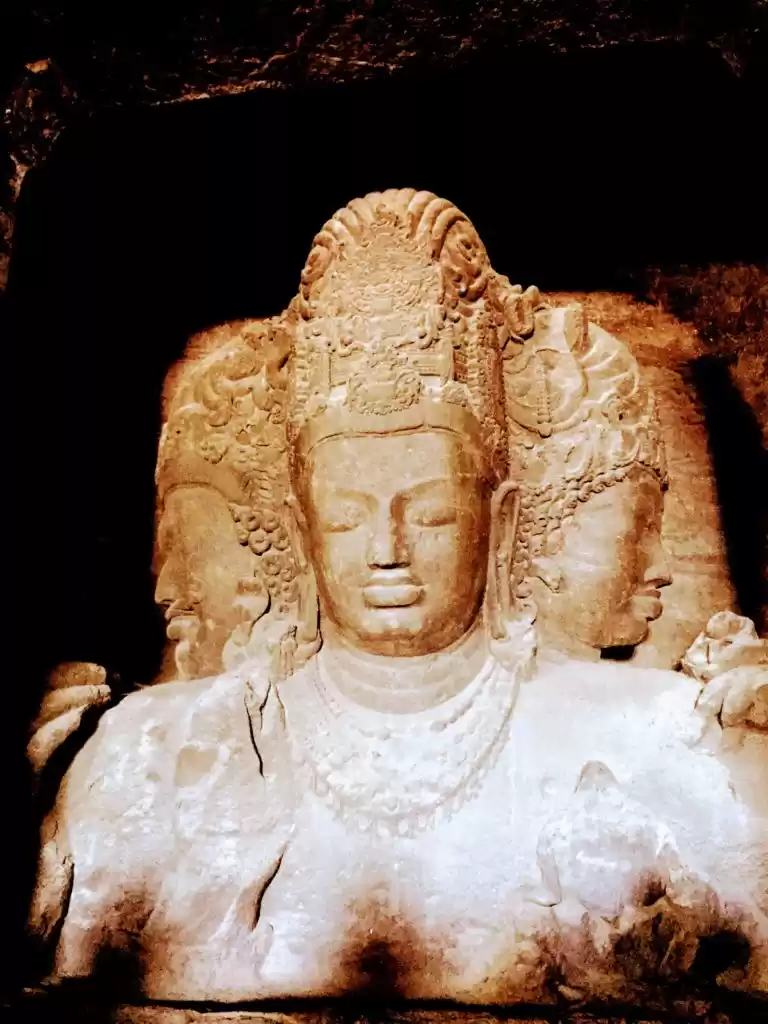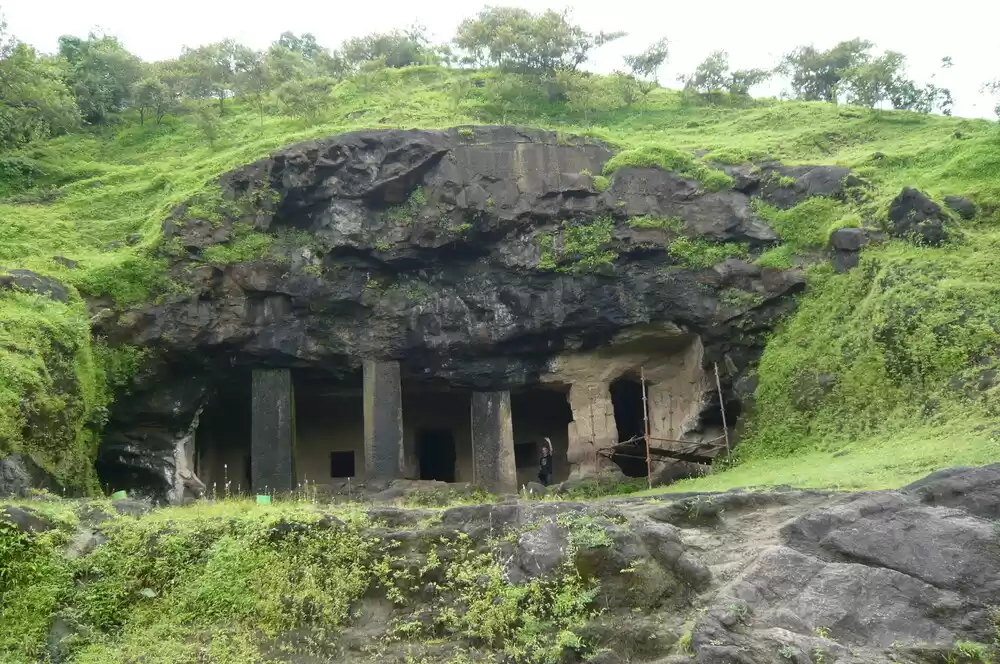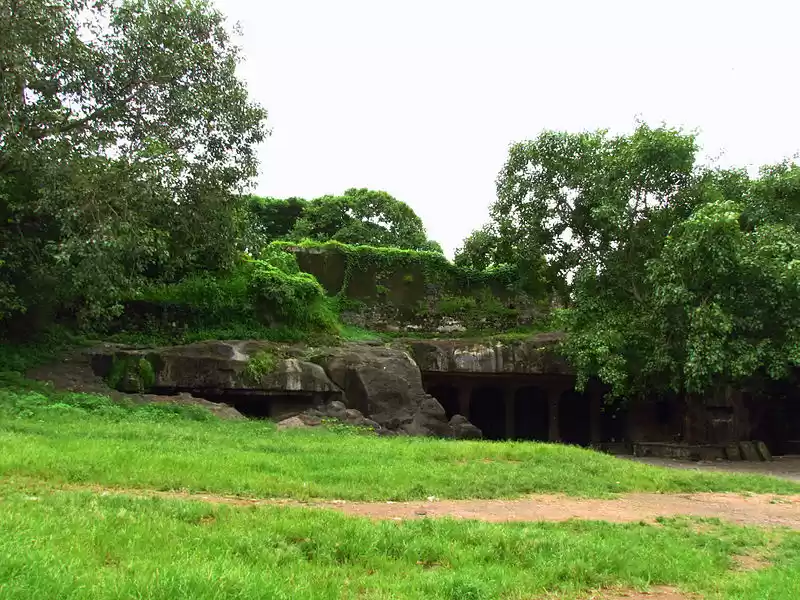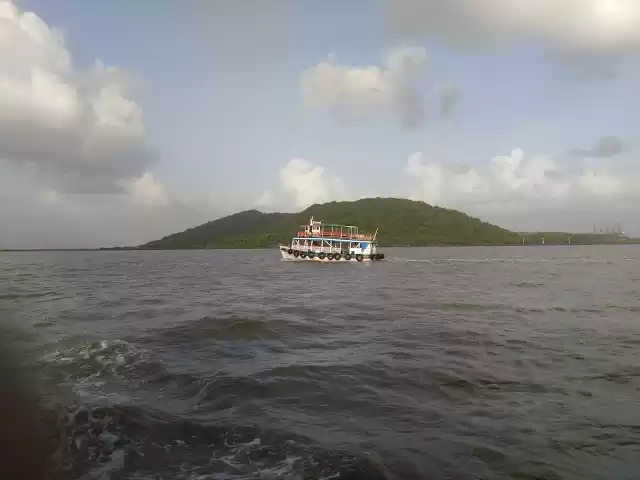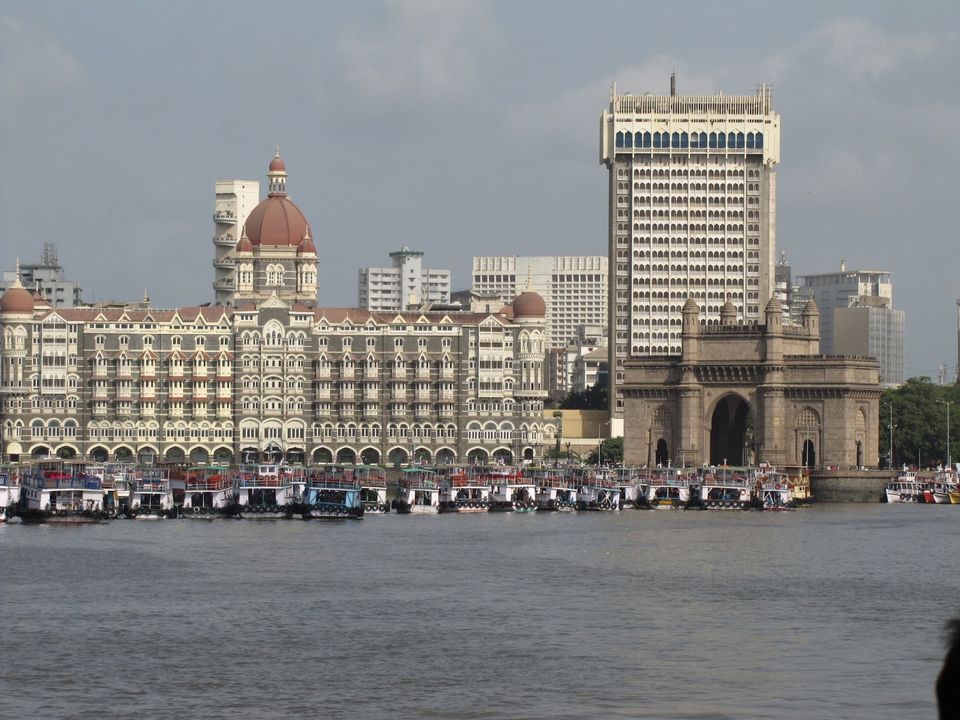
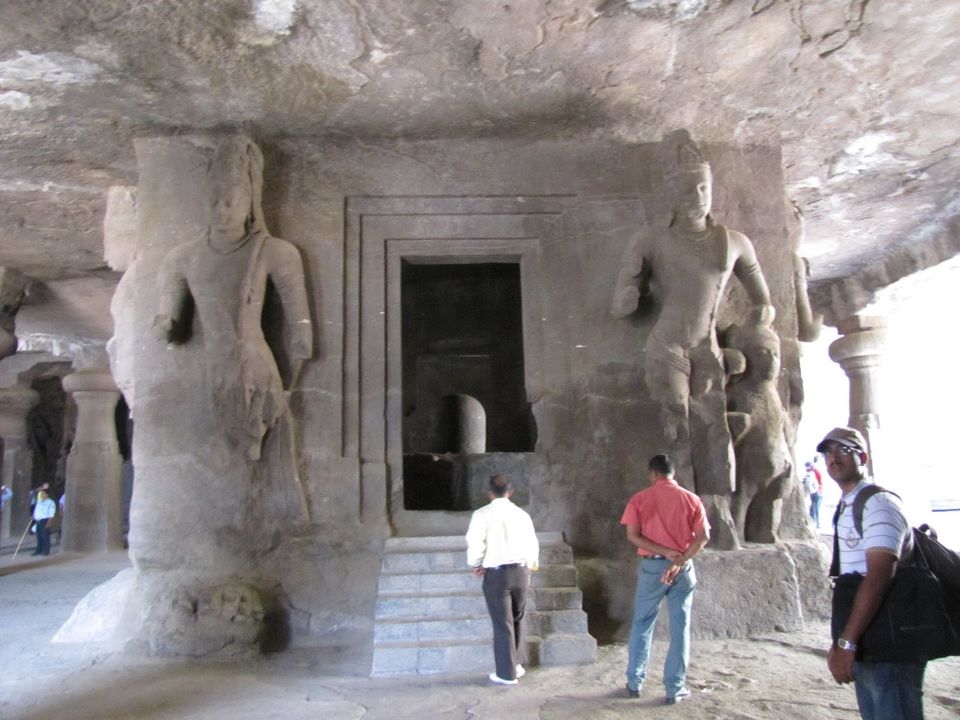


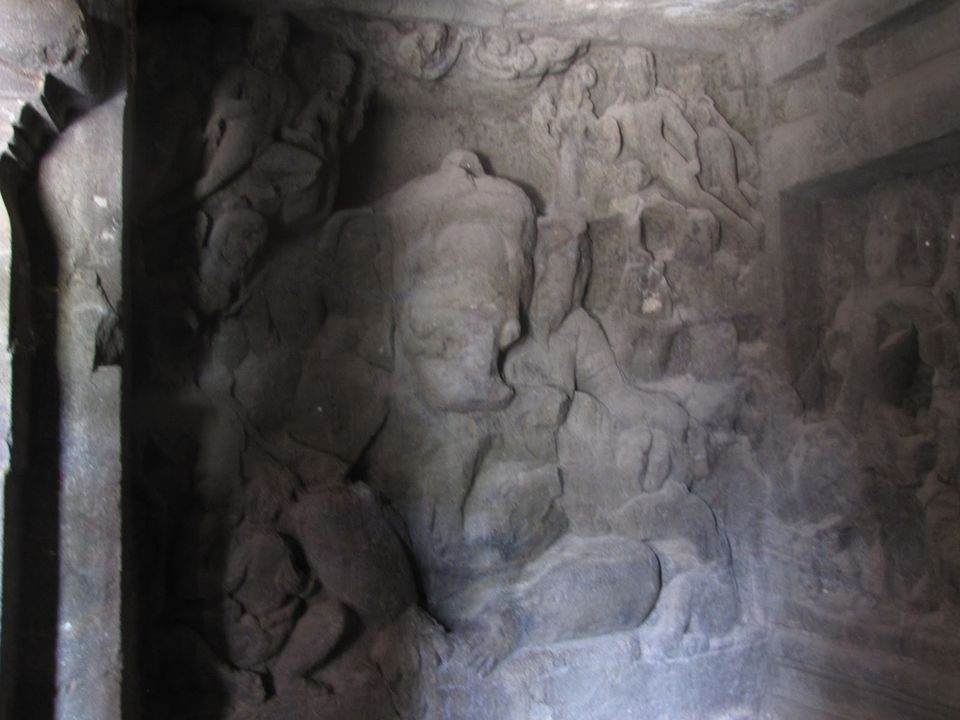
Gharapuri is the name by which Elephanta caves were known prior to the arrival of Portugese. The present name can be attributed to the stone structure of elephant which was carved out of stone. From then the island came to be known by the name Elephanta caves.
How to reach
This historically rich place can be reached from Gateway of India in a ferry. The ferry services starts around 8:30 - 9:00 am in the morning and costs 150 per person for to and fro.
Maheshmurti cave
The sculptures of Gharapuri are larger than life form and are fascinating. The island has a cluster of caves in which cave 1 is very popular. Cave 1 has the iconic Maheshmurti or Trimurti where Shiva is personified as Creator, Protector and Destroyer. The cave has a main hall supported by strong pillars. The trimurti statue is carved out from the wall and is flanked by two dwarapala statues. On the right is a relief of Shiva as Ardhanareeswara. The lower part of the relief is destroyed but you can notice the cow head carved to depict three dimensionality. Left to the mahesmurti statue is a relief with Shiva as Gangadhara supporting the flow of Ganga. The relief also has Parvati standing a bit far from Shiva implying displeasure.
Cave 1 also holds a central shrine of Shiva Linga. This shrine has openings on all sides with each entrance having a dwarapalakas of different form. To the left of the main hall is a small shrine of Shiva linga. To the right is also a shrine of Shiva. this hall has two courtyards of which one is empty. The other one has Ganesha and Kumaraswami sculpted along with other divine forms. The main hall also has reliefs depicting Ravana under Kailash Mountain, Marriage ceremony of Shiva and Parvati, Shiva as destroyer of an asura, Shiva in Yoga mudra, Shiva as Nataraja and a relief where Shiva and Parvati are seated in a high raised floor. Though most of the statues are destroyed, I couldn't stop imagining how magnificent the place would have been if this destruction was not there. Now we can only enhance our imaginative power to visualize it.
Caves 2, 3 &4
Most of these caves are empty and less prominent when compared to cave 1. One of the caves has Shiva shrine, whereas the rest of the others are normal
Shopping en route
There are many shops along the stairs selling various products. You can find unprocessed 'Amethyst' and 'Lapis lazuli'. Buy a guide book, it will be very helpful in understanding the reliefs.
Caution
Do not attempt to eat anything near the caves unless you want to be visited by our ancestors, monkeys. They are pretty fast, will arrive even before you open a Haldiram's packet.
